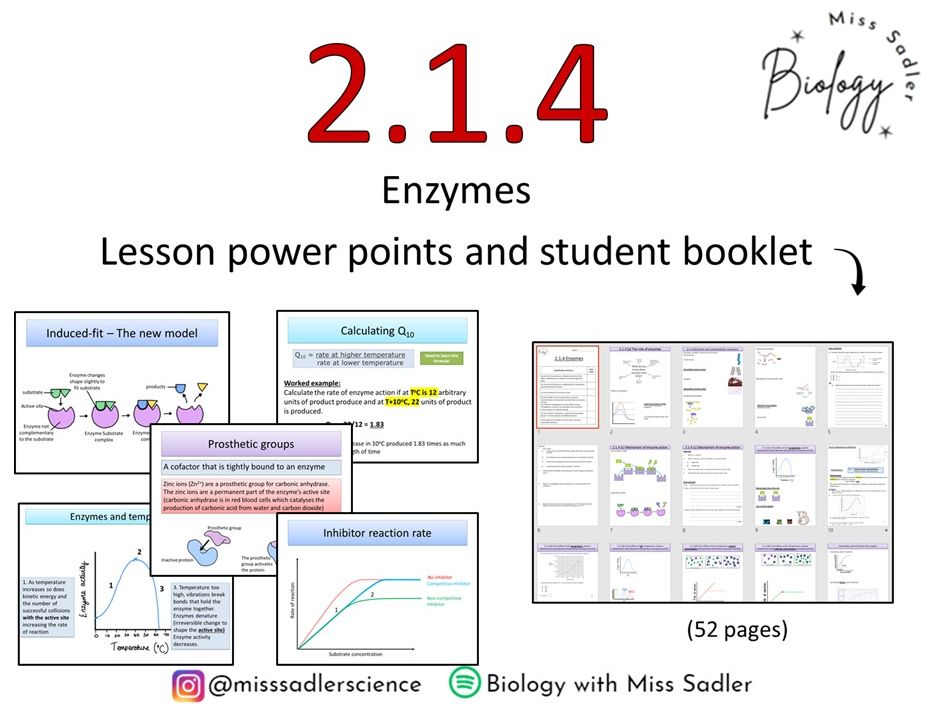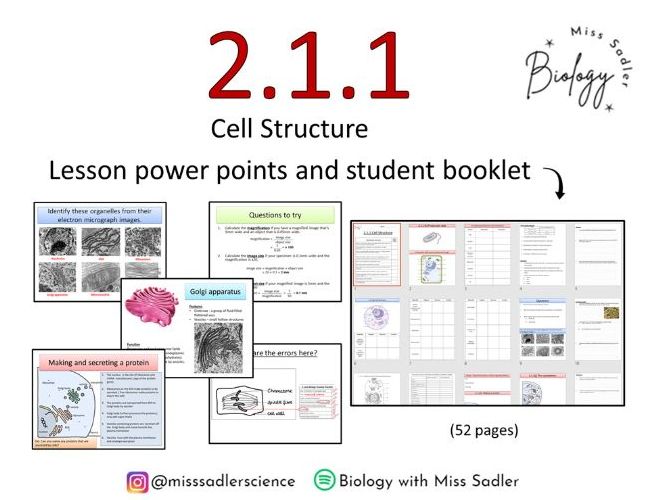Miss Sadler Science
Previously a Subject Leader and Science SLE with bags of experience with all things KS4 and A level Biology. I am currently teaching and creating resources for: OCR A Level Biology, AQA Trilogy, Synergy and Triple Edexcel iGCSE coming soon KS3 ( looking at the AQA 2 year course) including Biomimicry If there is anything specific that you would like, please send me a message.




















